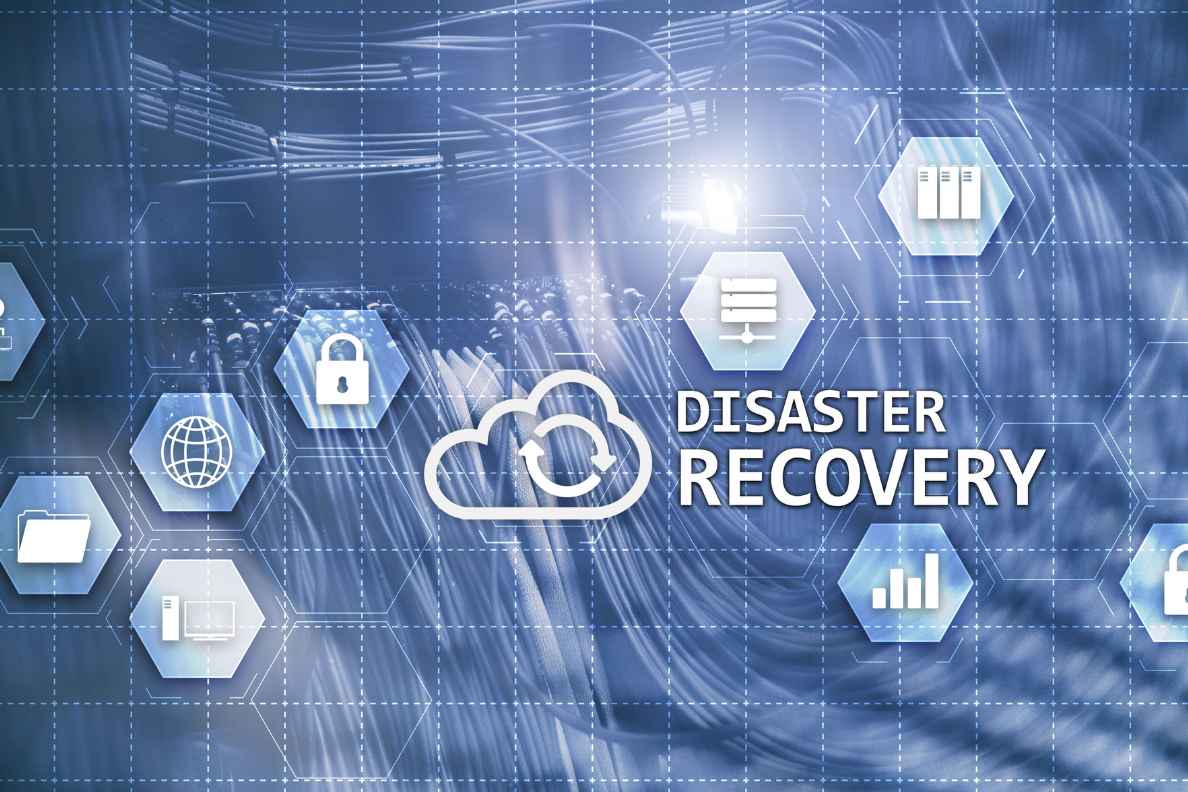Business Continuity And Disaster Recovery In 2024

Total security does not exist, but we can get closer to it if we have a good disaster recovery plan. In 2024, cybersecurity will continue to be one of the trends, and companies will once again be obliged to protect themselves from the most sophisticated attacks if they want to minimize risks and overcome the main challenges.
Table of Contents
The Challenges For Companies To Take Advantage Of Disaster Recovery
Companies, in general, face the challenge of frequently updating disaster recovery plans. According to a recent industry study, the industry average for disaster recovery plan testing is once every five months.
Furthermore, in recent years, companies have experienced significant changes in their workloads, infrastructure, and deployment models. They have experienced certain difficulties in adapting recovery plans to this new reality and guaranteeing business continuity.
What Should A Good Disaster Recovery Plan Look Like?
To all this, we must add that a good disaster recovery plan would have to meet the following characteristics, according to one of the most ambitious studies on the subject:
1. Be Comprehensive And Cover All Essential Aspects
An incomplete plan may require more manual intervention during a crisis, which could involve research and learning on the fly, open the door to potential vulnerabilities, and significantly increase the risk of critical errors.
2. Constant Updating
A plan created a year ago may not accurately capture the requirements and nuances of today’s workloads and infrastructure environment. This highlights the importance of regularly updating and validating the disaster recovery plan.
3. Better An Automated Plan
Additionally, the report points out that a plan that exists only as documentation is more limited than one that is automated and capable of executing tasks independently. In this sense, a computerized program allows for more periodic testing and simpler updates.
All of this reinforces the idea of how important it is to have a comprehensive and regularly updated disaster recovery plan, particularly in the context of the dynamic changes that organizations are experiencing in their IT environments. With frequent testing and updated schedules, risks are minimized.
Also Read: Project Management: What Are Its Benefits And Impact?
Why Is A Disaster Recovery Plan Important?
These are the three main reasons to have one:
1. Minimize Damage And Disruption
A key reason to have a disaster recovery plan is to reduce damage and disruption caused by catastrophic events. Planning enables a rapid and efficient response to restore business systems and operations, helping to minimize the negative impact of a disaster.
2. Establish Recovery Objectives
Incorporating a disaster recovery plan involves defining specific objectives, such as Recovery Time Objective (RTO) and Recovery Point Objective (RPO). The RTO establishes the time needed to recover systems after an outage, determining how much time is required in order to restore business operations. The RPO indicates how often a backup should be performed, setting an acceptable limit for data loss.
3. Improve Knowledge Of It Infrastructure
Creating a disaster recovery plan is not only about preparing for the worst; it also offers immediate benefits. When developing the program, an audit of IT assets and Service Level Agreements (SLAs) is performed. This improves understanding of the organization’s IT infrastructure, identifying who is responsible for each purchase and when systems should be recovered and backups restored. This detailed knowledge can be valuable not only in disaster situations but also for day-to-day asset management and IT operations.
Also Read: “Bring Your Own Device”: Can That Work Well In Corporate Practice?






